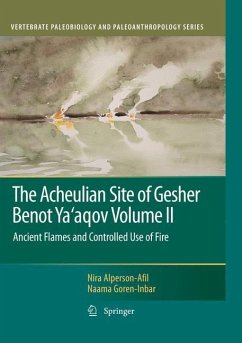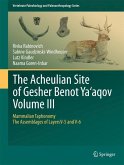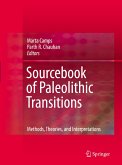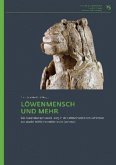A View from Western Europe Most archaeologists would agree that the emergence of stone tool manufacture and the m- agement of fre are the two most signifcant events in the cultural evolution of early humans. The oldest known stone artifacts are securely dated to 2. 6-2. 5 Ma at several localities in Ethiopia; their association with ungulate remains and observations of cut marks prove that one of their main functions was for butchery (Domínguez-Rodrigo et al. 2005). The record of early stone tools from a number of sites in the time span 2. 5-2. 0 Ma is unequivocal; tool use and manufacture were a regular activity with evidence of planning, foresight and considerable technical skills (Delagnes and Roche 2005). In contrast, the timing of the human control of fre is not fully resolved and the antiquity of its habitual use has been debated until now. This book provides very strong evidence of the habitual use of fre by early humans at the Acheulian site of Gesher Benot Ya'aqov (Israel). The sedimentary sequence at the site is 34 m thick, and it represents different depositional environments, mainly beaches along the margins of a paleo-lake. The Matuyama-Brunhes chron boundary, dated to 0. 78 Ma, occurs in the lower part of the sequence.








